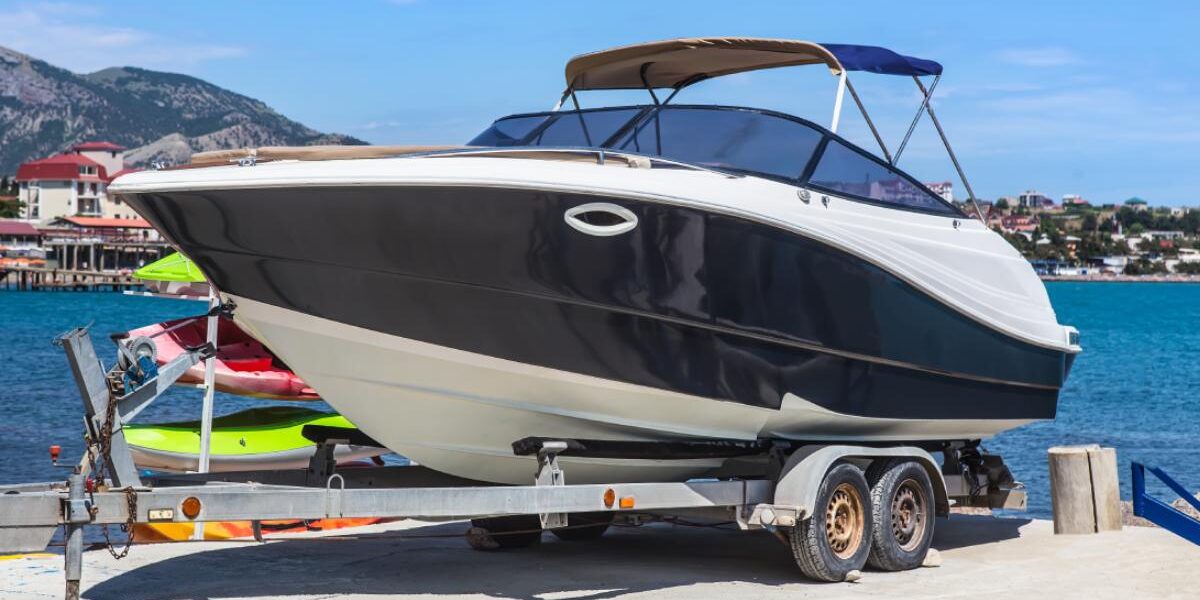During the boating season, it’s important to regularly inspect your watercraft—including looking for waterlogged foam. If your boat’s flotation foam is waterlogged, it can cause issues with flotation, towing, and the structural integrity of the vessel. Here’s a guide on how to tell if your craft’s flotation foam is waterlogged, and what to do if it is.
How to Spot Waterlogged Foam
Visually Inspect the Watercraft
Start off with a visual inspection of your boat in good lighting. Look for any signs of water intrusion, including punctures or cracks. Be sure to check more inaccessible places as well.
Check for Soft Spots
Tap along the surface of the boat with the plastic handle of a screwdriver, focusing on the area that sits beneath the waterline. Listen for any areas that sound different (a dull thud vs a clear ring) and take note of any spots that feel soft.
Keep an Eye Out for Discoloration
If you have waterlogged foam, it may cause discoloration or staining on the boat’s surface. Keep an eye out for any new or unusual stains.
Take Note of Extra Weight
If your boat feels more sluggish than usual or your truck is having a harder time towing it, this could be a sign that your flotation foam is waterlogged.
Unexplained Buoyancy Issues
If you notice that your boat is sitting lower in the water than usual, or if you’re starting to see a decrease in buoyancy, this is a sign that water may have damaged your boat’s flotation foam .
Dealing with Waterlogged Foam
Assess the Extent of Damage
Determine the scope of the waterlogged foam issue. This might involve consulting with a marine mechanic or surveyor for a professional evaluation.
Locate the Source
The first step to addressing any waterlogged foam is to find the source of the leak. Common culprits can include cracks in the hull, damaged seals, or improper drainage systems.
Dry Out the Foam
If the water damage is minimal, you may be able to dry out the foam using dehumidifiers or by exposing it to sunlight and airflow. However, this process can take time and may require dismantling sections of the boat.
Replace Damaged Foam
In more severe cases, it may be necessary to replace the waterlogged foam entirely. This process involves removing the affected foam and installing new, dry material—preferably Coast Guard-approved flotation foam.
Prevent Future Damage
The most important part of addressing waterlogged foam is taking steps to prevent water intrusion in the future. Regular maintenance, inspections, and prompt repairs of any leaks or damage can help safeguard your boat’s flotation system.
Get Professional Help With Waterlogged Foam
Empire Foam Solutions’ boat flotation foam is U.S. Coast Guard-approved, making it the perfect choice for your watercraft. Our team of experts can even set you up with local installers to help with your project! Give us a call at 518-852-2812 or fill out our contact form for more information.

